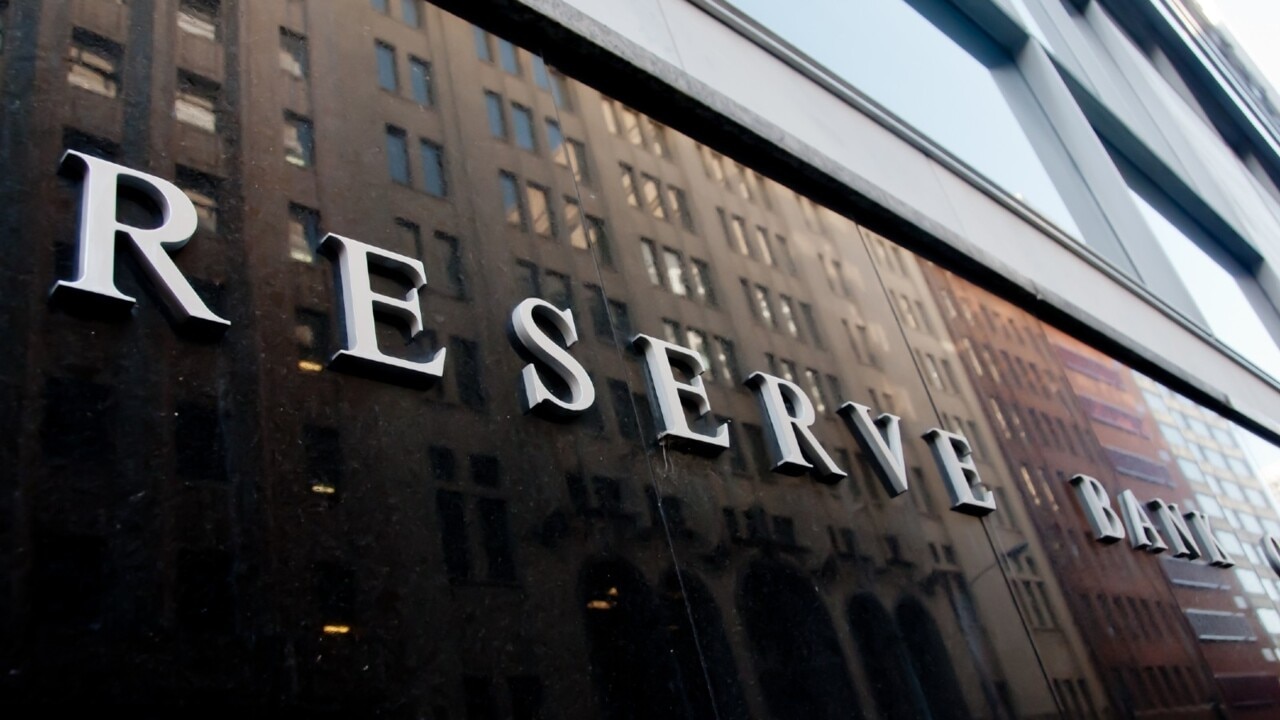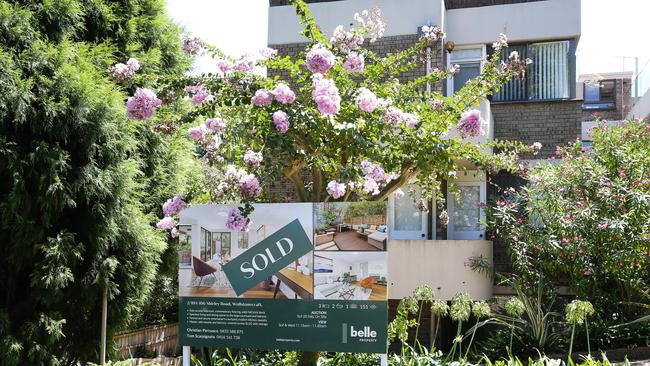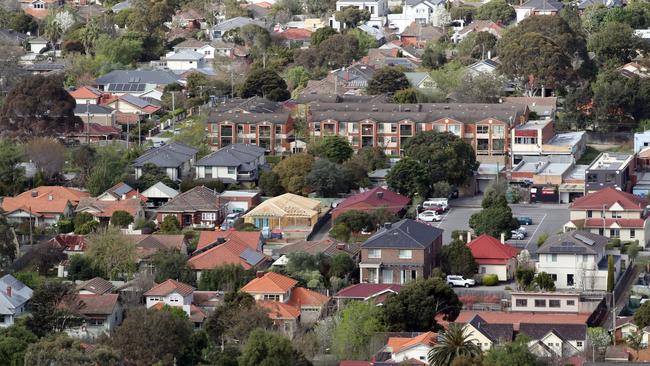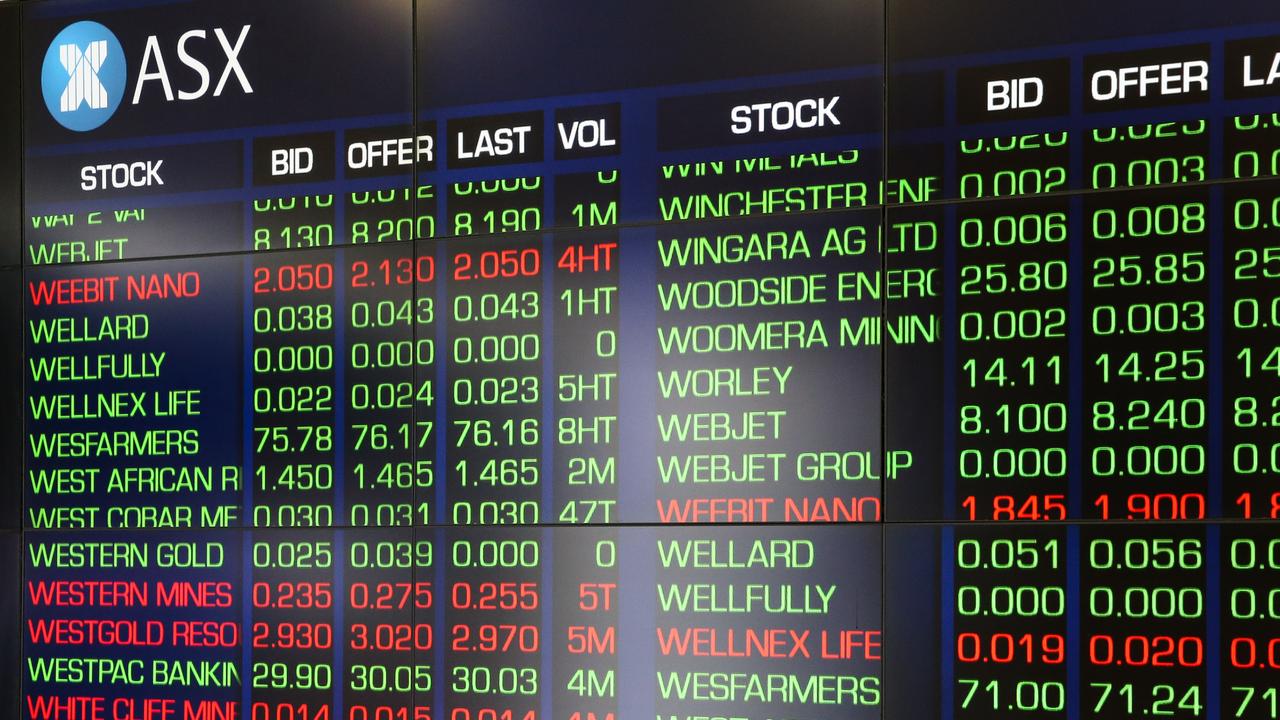Some Aussie households spending more than they earn on mortgage repayments, RBA report reveals
A new RBA report has revealed some Australians are spending more than they earn on servicing their mortgage, as the bank refuses to rule out more rate hikes.

Interest Rates
Don't miss out on the headlines from Interest Rates. Followed categories will be added to My News.
Mortgage holders are feeling the pressure of aggressive interest rate hikes, and a small number are spending more than they earn paying back their loans.
But, the Reserve Bank is confident almost all borrowers can service their debts on schedule.
Days after the central bank opted to keep the cash rate steady again this week at 4.35 per cent, the RBA released its biannual Financial Stability Review on Friday.
The bank noted that “many households continue to experience pressure on their budgets from high inflation and tighter monetary policy”, but “almost all borrowers have been able to continue to service their debts”.

The RBA noted, however, that about five per cent of variable-rate owner-occupier borrowers are spending more than they earn, which the bank said was leading to an estimated cash flow shortfall.
“In addition to cutting back their spending to mostly essential items and trading down in quality for some goods and services, these households have had to make other adjustments to continue servicing their mortgages,” the report said.
“These include drawing down on liquid savings, selling assets and working additional hours. Lower income borrowers are more likely to be in this group.”

The bank noted its liaison program, however, had indicated that “more people than usual, including wage earners and mortgagors, are seeking support from community organisations”.
The outlook for borrowers should start to improve should the economy evolve as predicted, with the bank pointing to the cumulative effect of easing inflation, higher real wages and a lower cash rate over the next two years.
The review noted that while housing and personal loan arrears have increased since late 2022, when the RBA’s aggressive cycle of rate hikes began, they remain below their pre-pandemic peak.
“At the same time, a small but increasing share of borrowers have requested and received temporary hardship arrangements from their lenders, which has contributed to arrears rates remaining a little lower than would have otherwise been the case,” the report said.
The bank said global financial stability risks remained elevated, but Australia’s financial system was “proving resilient”.
Among the greatest global risks is the state of the Chinese economy, where the weak property market could hinder growth in Australia’s biggest trading partner.
“If stresses in the Chinese economy and financial system intensified or broadened, they could spill over to the rest of the world (including Australia) through trade channels and an increase in global risk aversion,” the report said.

While the central bank this week warned the inflation war “isn’t yet won”, the board did not make any explicit mention of potentially hiking rates further in its decision this week, suggesting the aggressive run of monetary policy may have ended.
“The path of interest rates that will best ensure that inflation returns to target in a reasonable time frame remains uncertain and the board is not ruling anything in or out,” the statement read, in a pivot to a more neutral stance.
The statement represents a softening of the guidance given at the RBA’s February meeting where it said “a further increase in interest rates cannot be ruled out”.
But, when the RBA begins to cut rates could be pushed back after better-than-expected jobs figures were released on Thursday.
The unemployment rate has plummeted from 4.1 per cent to 3.7 per cent, after a blockbuster 116,500 jobs were created in February.
The RBA will consider the latest job figures, and the next monthly consumer price index figures out next week, when the board next meets in the first week of May.
In its quarterly forecasts released last month, the RBA expected the jobless rate to reach 4.2 per cent by June.
Originally published as Some Aussie households spending more than they earn on mortgage repayments, RBA report reveals




